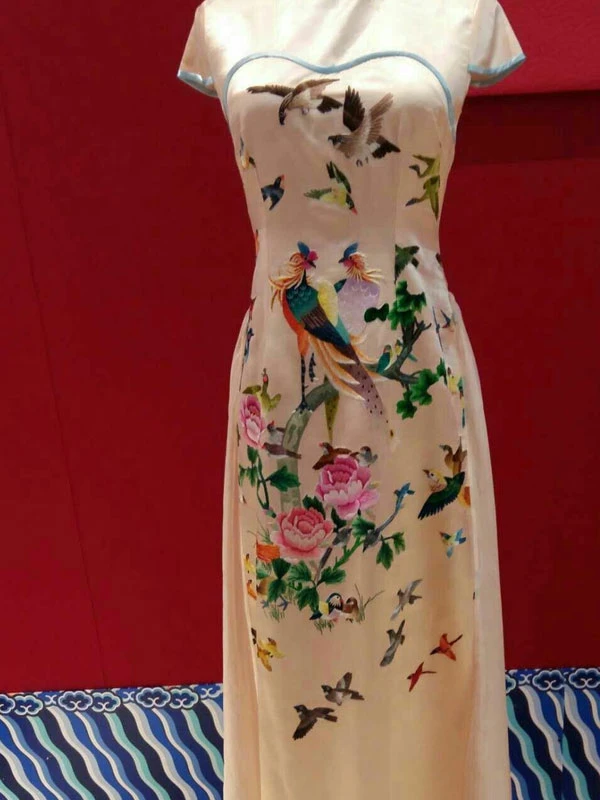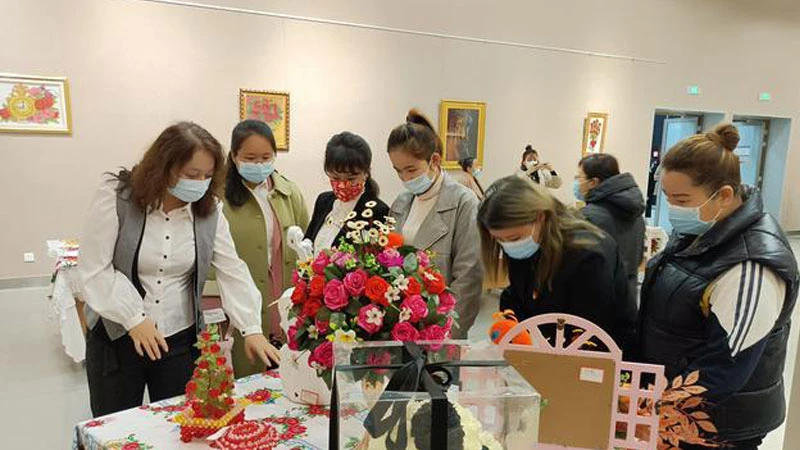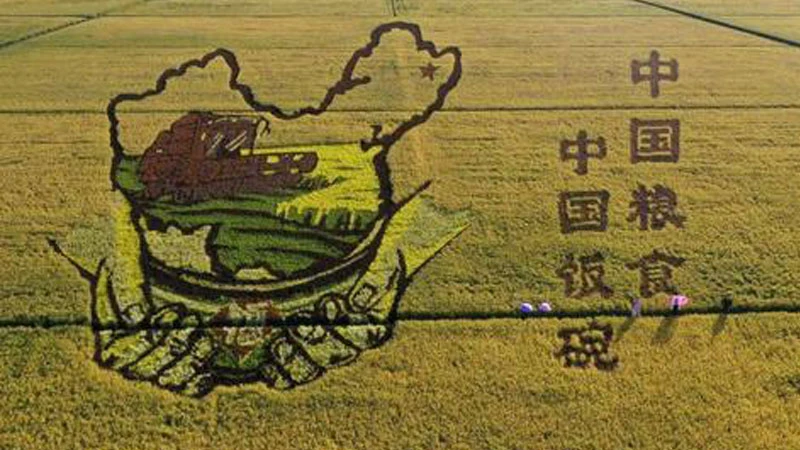Heilongjiang's (黑龙江) Diverse Crafts Captivate International Audience
In the picturesque coastal city of Qingdao, an unexpected cultural exchange unfolded as the Shanghai Cooperation Organization (SCO) Women's Forum became a vibrant showcase for the artistic prowess of women from China's northernmost province, Heilongjiang. From September 10th to 12th, 2024, the Heilongjiang Women's Federation presented a carefully curated collection of nine exquisite handcrafted pieces, each telling a unique story of the region's rich cultural tapestry and the skilled hands that keep these traditions alive.
The exhibition stood as a testament to the diversity and ingenuity of Heilongjiang's female artisans. Visitors to the forum were treated to a visual feast that included the delicate Silkworm Wing Embroidery, the historically significant Mohe Embroidery, and the distinctive Black Fish Embroidery. These intricate needlework techniques, passed down through generations, showcase the province's long-standing textile traditions.
However, it wasn't just traditional embroidery that caught the eye of international delegates. The province's agricultural heritage was beautifully represented through innovative mediums. A straw painting titled "China's Grain, China's Rice Bowl" served as a poignant reminder of the region's importance to national food security. Meanwhile, a reed silk painting called "Wetland Fairy" transported viewers to Heilongjiang's vast, pristine wetlands, highlighting the province's natural beauty and ecological significance.

Perhaps the most striking piece was a Manchu qipao adorned with "Five-Flower Mountain Colors" embroidery, seamlessly blending traditional ethnic craftsmanship with modern fashion sensibilities. This garment not only showcased the skill of Heilongjiang's artisans but also demonstrated how ancient techniques can be adapted for contemporary tastes.
The inclusion of modern lacquer paintings and intricate knotwork further illustrated the range of artistic expression flourishing in Heilongjiang. These pieces, alongside more traditional crafts, painted a comprehensive picture of a province where the old and new coexist and inspire each other.
How Heilongjiang is Nurturing Female Entrepreneurship Through Traditional Crafts
Beyond the immediate visual impact, this exhibition serves a greater purpose. It acts as a cultural bridge, strengthening the people-to-people bonds between SCO member states. By sharing these uniquely Chinese, and specifically Heilongjiang, art forms with an international audience, the exhibition contributes to mutual understanding and appreciation among diverse cultures.
The success of this showcase is not a standalone achievement but the result of years of dedicated effort by the Heilongjiang Women's Federation. Recognizing the potential of traditional crafts as a vehicle for female empowerment and rural revitalization, the federation has implemented a multi-faceted approach to support women artisans.
This strategy includes policy guidance to create a favorable environment for craft-based entrepreneurship, financial support to help artisans overcome initial hurdles, and most crucially, skills training programs. These initiatives have not only preserved endangered craft techniques but have also created new economic opportunities for women in rural areas.
By focusing on distinctive handcrafts, e-commerce, and rural tourism, the federation is tapping into growing consumer interest in authentic, handmade products and unique cultural experiences. This approach aligns perfectly with China's broader rural revitalization strategy, offering a path to sustainable development that doesn't require mass migration to urban centers.
The exhibition at the SCO Women's Forum represents more than just a display of beautiful objects. It's a platform for these rural artisans to gain recognition on an international stage, potentially opening new markets for their creations. This exposure could be transformative, not just for individual artisans but for entire communities in Heilongjiang.
Moreover, this initiative addresses the critical issue of intergenerational transmission of traditional knowledge. By creating economic incentives for younger women to learn these crafts, the federation is ensuring that these cultural treasures are not lost to time. The blending of traditional techniques with modern designs, as seen in the embroidered qipao, points to a future where these crafts remain relevant and desirable.
As the world grapples with the homogenizing effects of globalization, initiatives like this serve as a reminder of the value of cultural diversity. They demonstrate how traditional crafts can be both a link to the past and a bridge to the future, fostering cultural pride and economic opportunity.
The success of Heilongjiang's artisans at the SCO Women's Forum is a microcosm of a larger phenomenon unfolding across China. It reflects a growing recognition of the power of traditional crafts to drive sustainable development, empower women, and preserve cultural heritage. As these artisans return home, buoyed by international acclaim, they carry with them not just pride in their achievements but also hope for the future of their crafts and communities.
In an era where the value of handmade goods is being rediscovered globally, Heilongjiang's initiative positions its rural women artisans at the forefront of a movement that combines cultural preservation with economic empowerment. It's a model that could inspire similar efforts not just in other parts of China, but in countries around the world facing similar challenges of rural development and cultural preservation.
As the threads of embroidery, the strands of straw, and the leaves of corn are woven into objects of beauty, so too are the lives of these women artisans being woven into the fabric of a more prosperous and culturally rich Heilongjiang. Their story, showcased on an international stage, is one of resilience, creativity, and the enduring power of traditional crafts to build bridges across cultures and generations.


